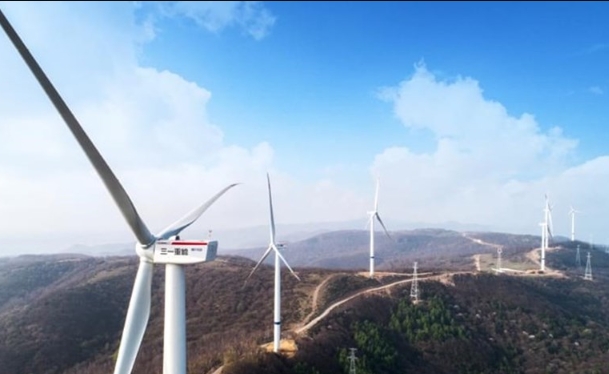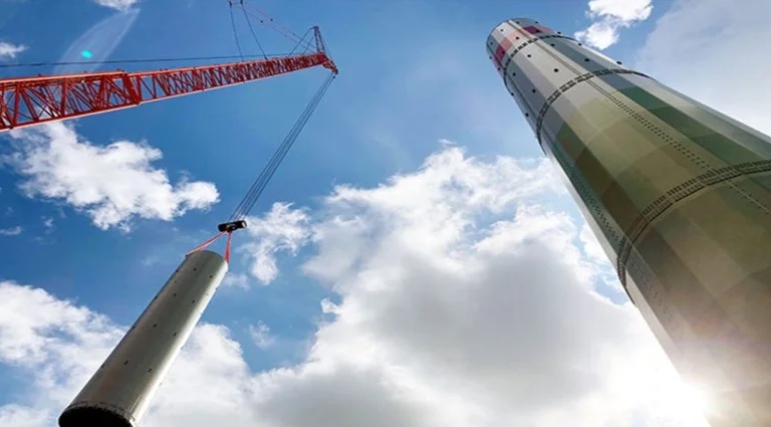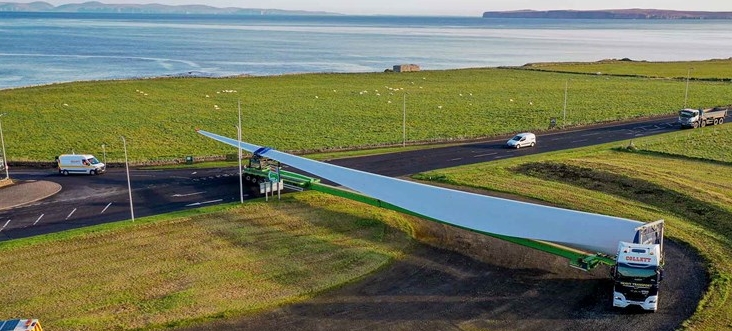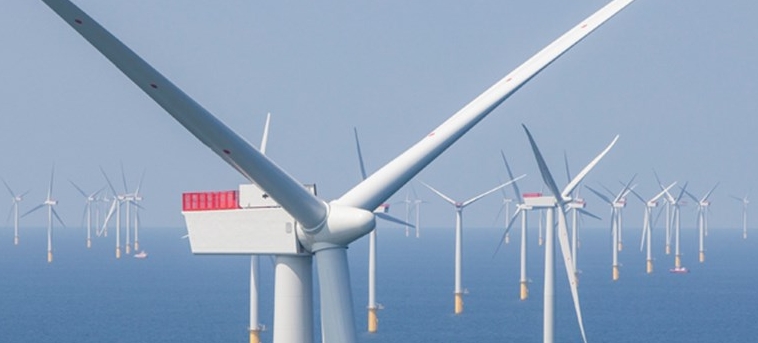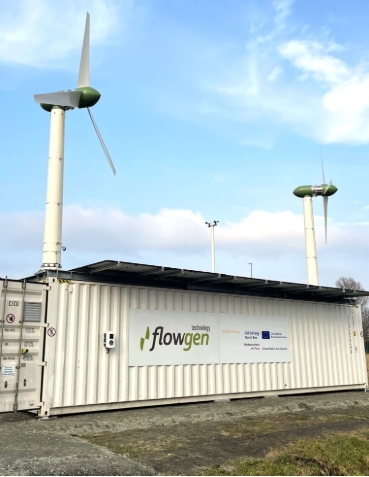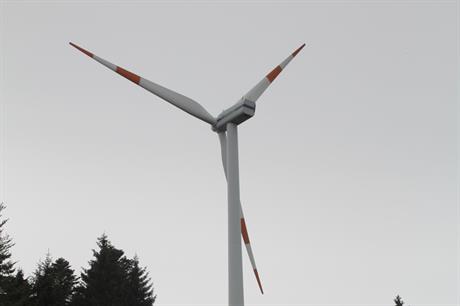 Researchers carried out their study on six Vestas V80 turbines in October 2018
Researchers carried out their study on six Vestas V80 turbines in October 2018
Wake steering — where a turbine is angled so as to steer the wake away from a downwind turbine to limit loads — can increase overall output by 28-47% in low wind speeds and by 7-13% in average wind speeds, researchers at Stanford University found.
Over ten days of testing in October 2018, this technique also reduced mechanical fatigue and short-term variability of output from six turbines at a TransAlta Renewables wind farm in Alberta, Canada.
While power production of the most upwind turbine was reduced due to it operating with yaw misalignment, the output of the other five turbines — especially the one farthest downwind — increased significantly, the researchers found.
They stated the biggest gains in output were achieved at night, when wind power is typically "most valuable as a complement to solar power".
The researchers added these improvements "can contribute to the increasing ability of wind farms to provide reliable, low-cost, and efficient base-energy load".
John Dabiri, a professor of civil, environmental and mechanical engineering at Stanford, and senior author of the report, said: "The first question that a lot of operators ask us is how (wake steering) will affect the long-term structural health of their turbines.
"We’re working on pinpointing the exact effects, but so far we have seen that you can actually decrease the mechanical fatigue through wake steering."
